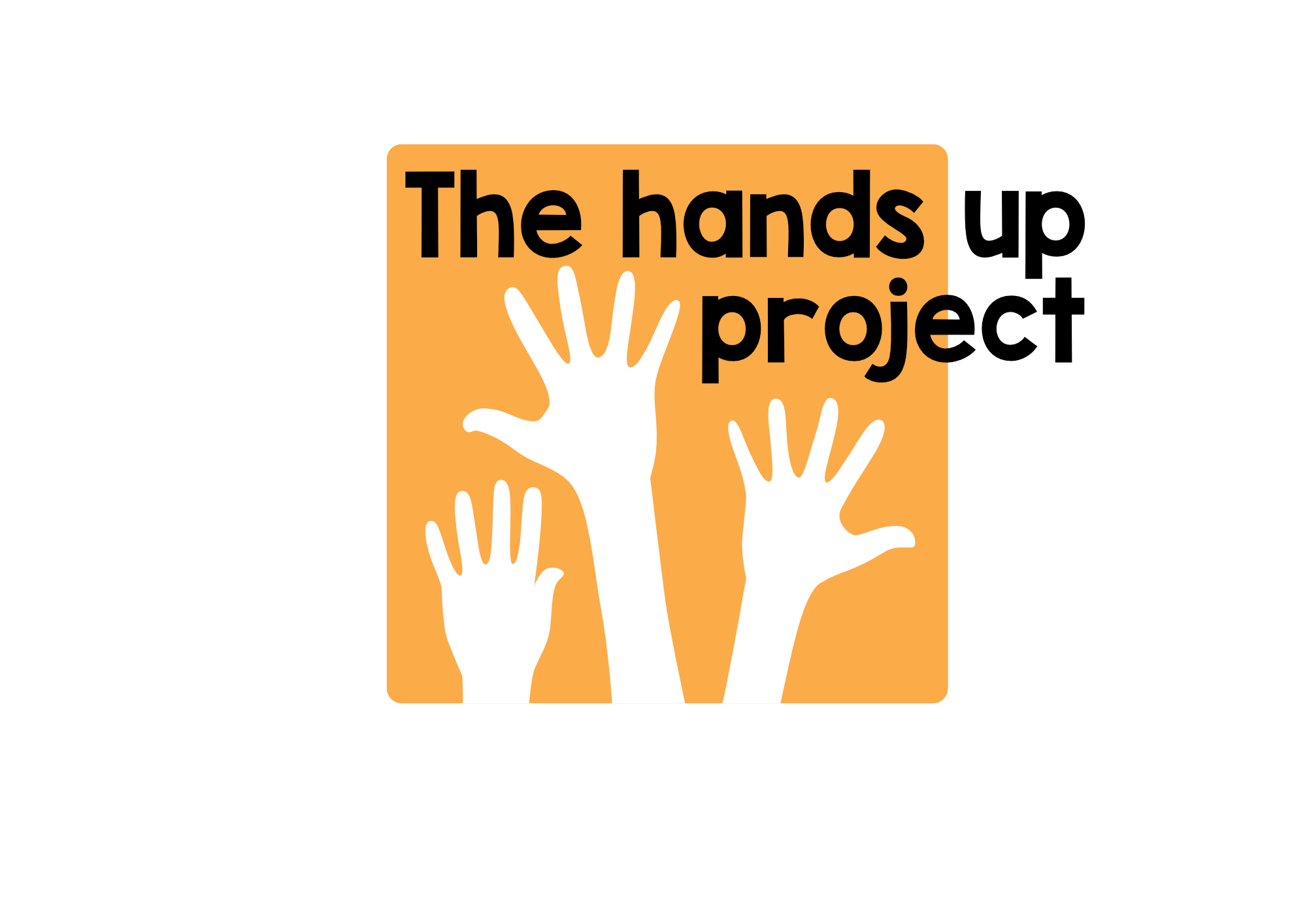Two weeks ago I wrote a post called 'The Game of Jewels' about the strength of activities like Kim's Game, which emphasise the importance of noticing and retrieval. I said that most of my favourite things to do in class are really just adaptations of Kim's Game so, as promised, here's a version which uses the same principles, but which is more suited to teenage learners.
Stage 1: The teacher says a series of sentences about herself, all of which begin with a particular chunk (One thing about me is..., another thing about me is...) The class listen and try to remember what was said.
Stage 2: Learners work in pairs to try to reconstruct orally what the teacher said. One learner says what he can remember in front of the class.
Stage 3: Learners do the same activity as pairwork, with one person speaking and the other listening, and then trying to retrieve what was said. They can then swap roles.
This activity differs from Kim's Game of course, in that it works on a purely spoken level, rather than a visual one, and because it focuses not on individual words, but on chunks of language, or grammar. The same principles of noticing, and then retrieval, are still present however.
Something that is also an important feature of this activity is that it works best when there is a difference in level between the two speakers, and any learning that may happen, in the form of scaffolding, really exists within this gap. If the speaker's level is higher, then the listener is nicely challenged to operate at the edge of her ability; if the listener's level is higher than she feeds back to the speaker a more advanced version of what the speaker has just said.
Scaffolding on the Church of the Nativity in Bethlehem
Reflecting on his own experiences as a language learner, Earl Stevick wrote about the benefits of scaffolding in 'Success with foreign Languages' (Prentice Hall 1989) ‘Another of my favourite techniques is to tell something to a speaker of the language and have that person tell the same thing back to me in correct, natural form. I then tell the same thing again, bearing in mind the way in which I have just heard it i.e. having noticed the gap. This cycle can repeat itself two or three times. An essential feature of this technique is that the text we are swapping back and forth originates with me, so that I control the content ....’’
Here's an example of the activity in practice from one of my online sessions with teenagers in a boys' school near Ramallah.
There are lots of opportunities for scaffolding but, listening to it again now, I don't think I take quite as many of these opportunities as I could have.
Here's a rare example from 6.00 minutes into the video.
Seif: ..and I love swimming in sea. Now I am confusing because the map behind you … I’m confusing now because the map behind you and because I don’t know you are speak with us from home or from university.
Nick: Ah. Ok. Ok. That’s good. Mmmm. One thing about you is that you have six brothers and no sisters.
Seif: That’s right.
Nick: Another thing about you is that you are feeling a bit confused because you are not sure if I’m at home or if I might be at university because of the map. Is that right?
Do you notice any other examples of scaffolding occurring in the interaction between us? Do you notice any parts where you feel you would provide more support for the learner? What about in your own classes? Which activities do you do as a teacher which encourage scaffolding to happen?

